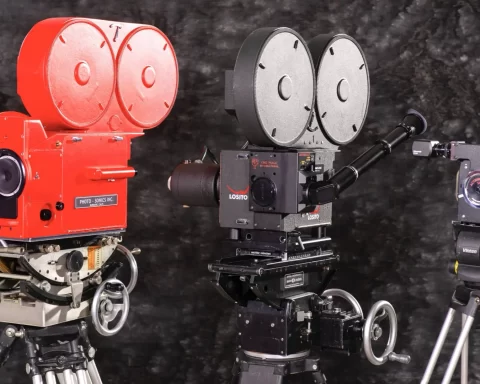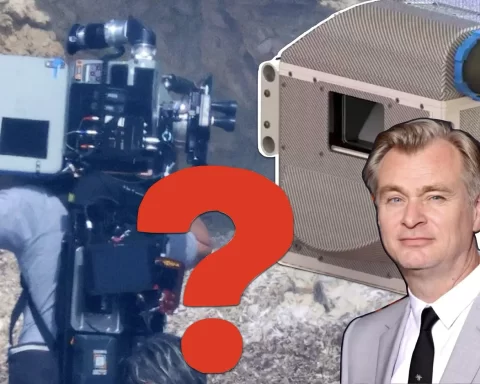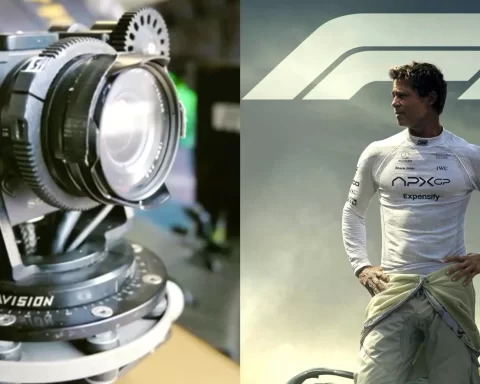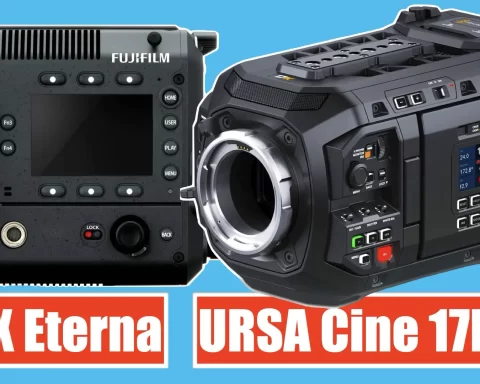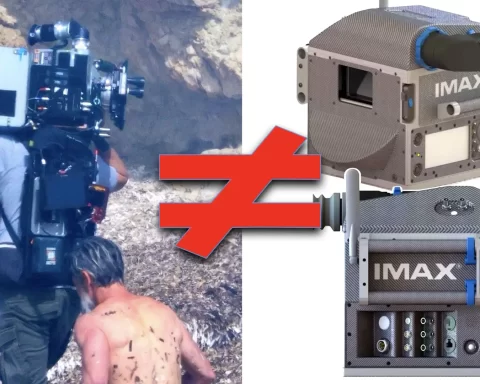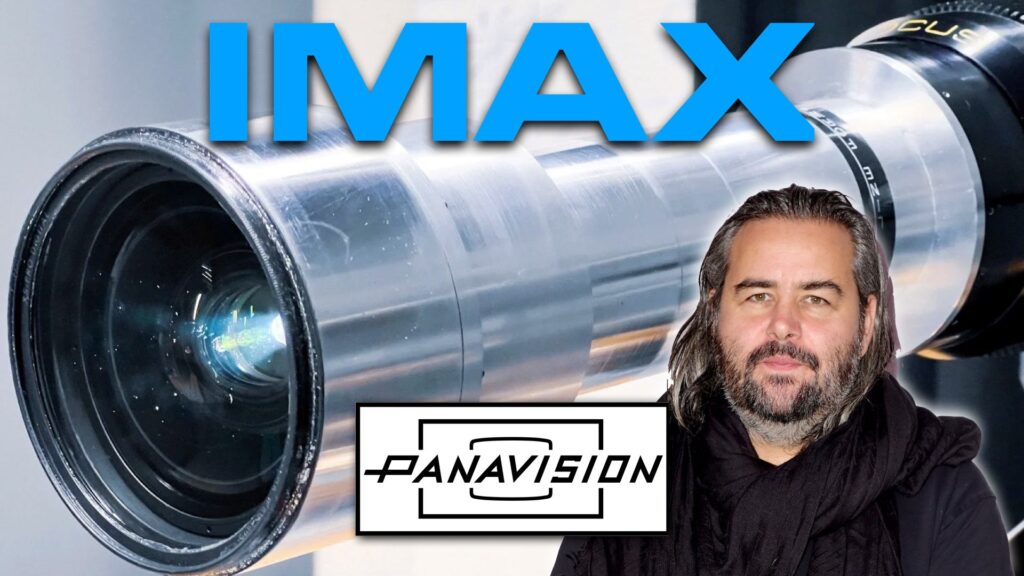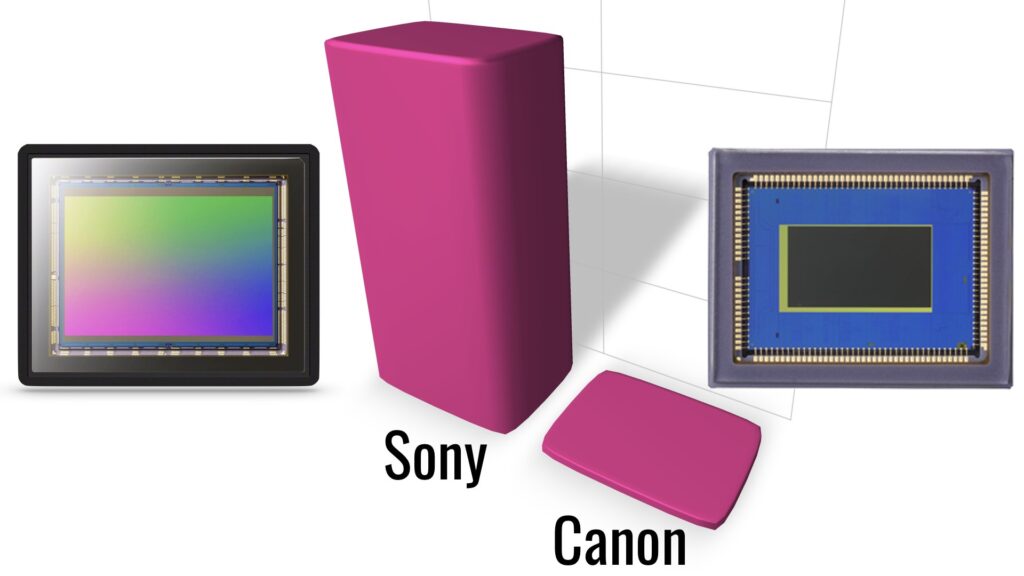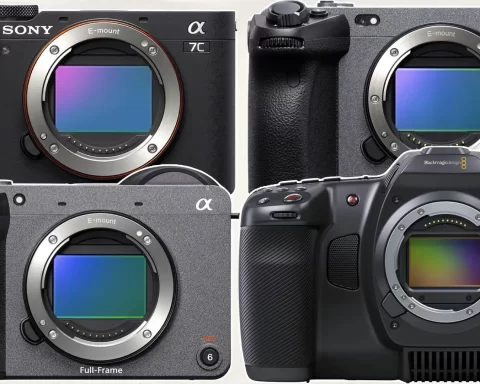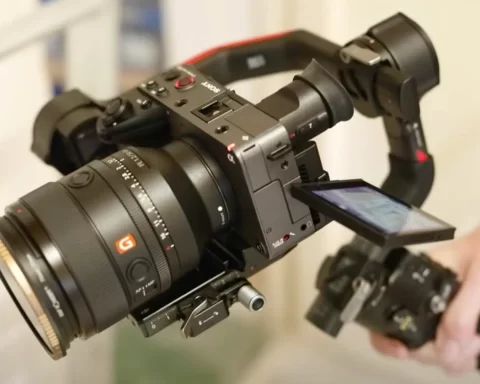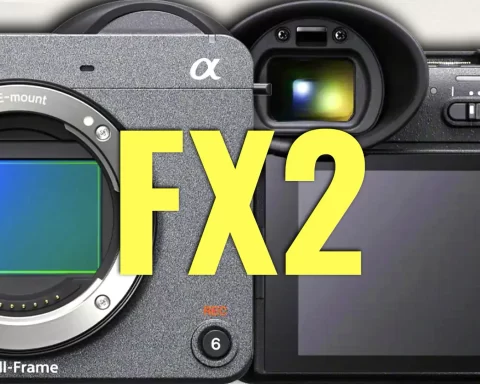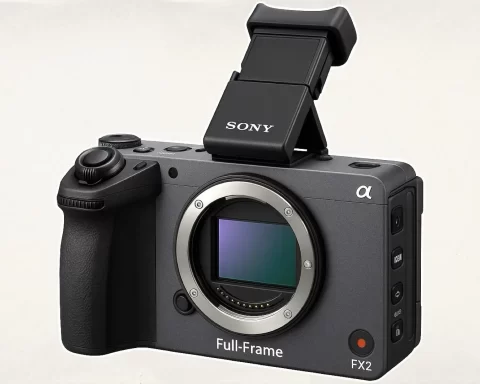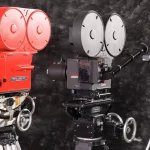So we watched Oppenheimer on IMAX Laser. After writing a vast amount of articles dealing with the cinematography aspects of the film, we didn’t imagine how great the sound is. Indeed, the sound is brilliant and layered by the outstanding score composed by Ludwig Göransson. That was combined extremely well with the IMAX closeups.
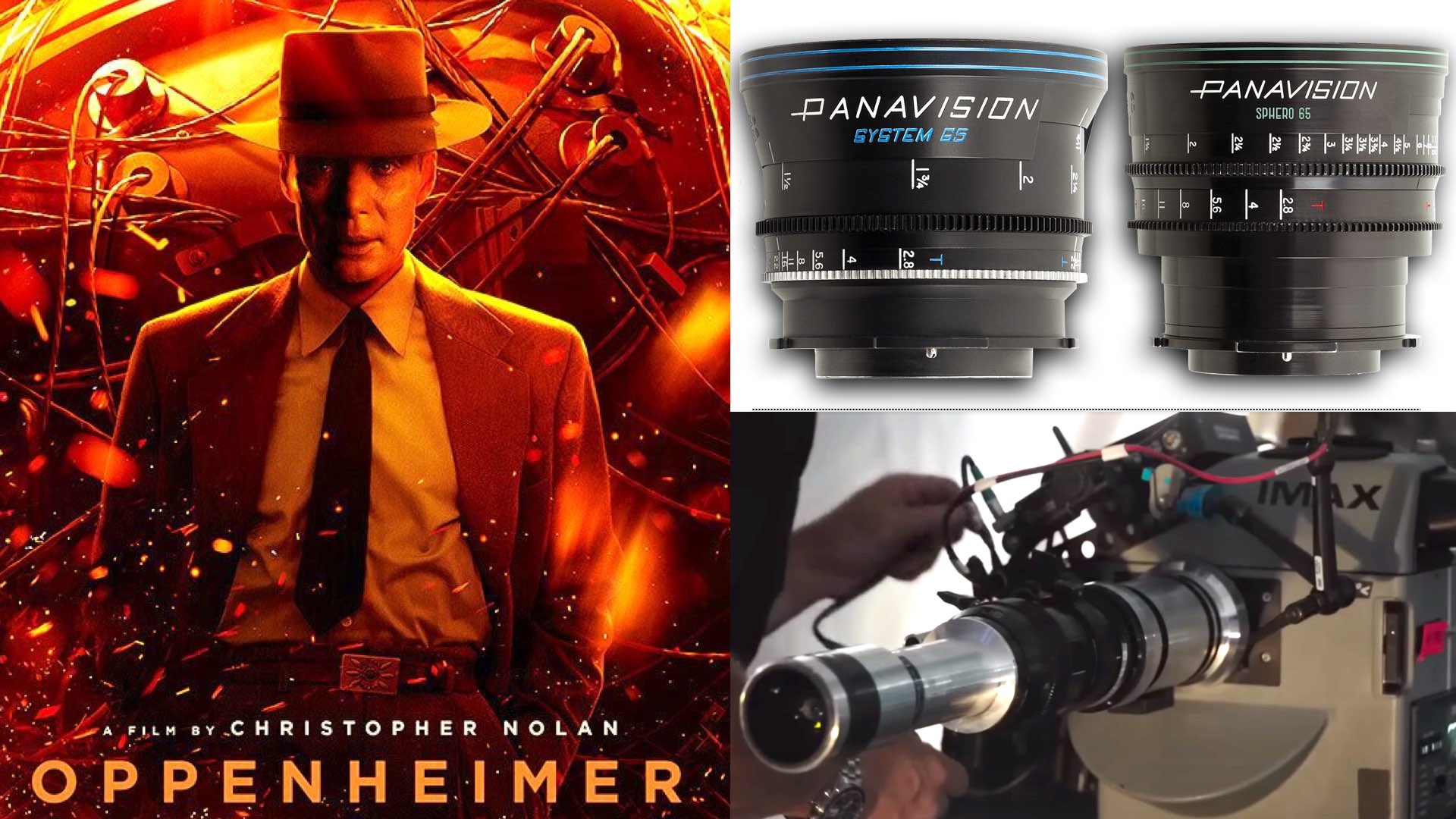
First drama shot on IMAX
Oppenheimer is not an action movie, but an epic thriller. It’s the first drama shot on IMAX film cameras. As we wrote before, Director of Photography Hoyte van Hoytema has implemented very simple and accurate cinematography techniques, focusing on character’s faces, and maneuvering between color and B&W sequences. As mentioned before, Kodak developed the first B&W IMAX film stock for the movie. There’s a solid emphasis on the certain part of the faces, which enhance the dramaturgy of this unique cast that features five Oscar winners (Sir Kenneth Branagh, Matt Damon, Rami Malek, Casey Affleck, and Gary Oldman) and three Oscar nominees (Robert Downey Jr., Tom Conti, and Florence Pugh). Then the great acting is amplified especially when watching it on the huge canvas. There are no fast pace high-octane action shots in Oppenheimer. Just faces, and particles…a lot of particles to demonstrate the art of quantum physics. Furthermore, there is no CGI implemented. Just a minimal and precise dose of about 100 VFX shots, paired with practical cinematography, by using dedicated lenses on IMAX film cameras.
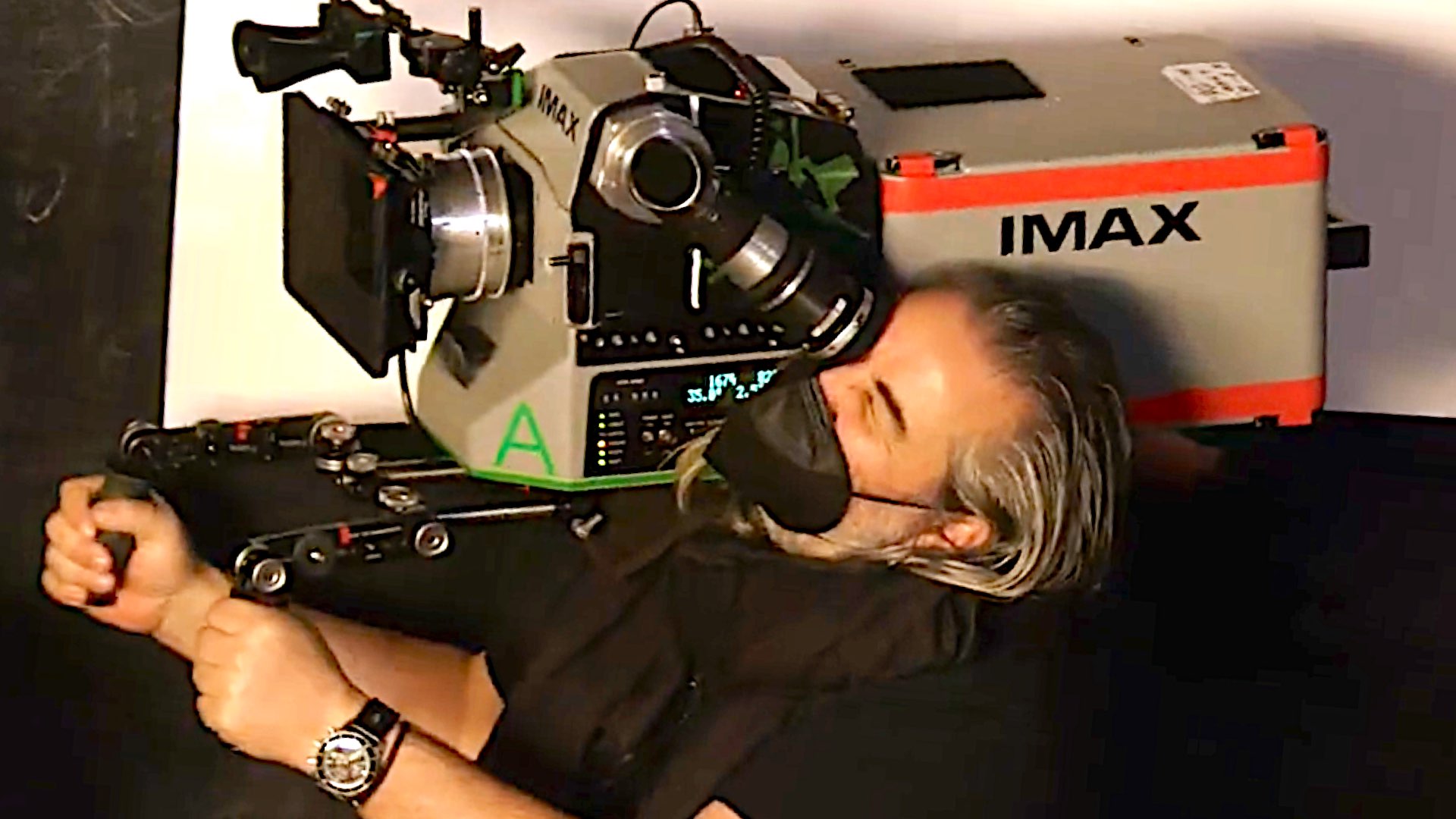
Atomic explosions created by practical effects
Here’s an intriguing fact: The Trinity detonation scene uses a combination of practical effects and digital compositing. Multiple explosions were performed practically, with a hybrid of gasoline, propane, aluminum, and magnesium substances involving big miniatures. These were filmed at high speeds from multiple angles, and then layered using digital effects to create the iconic “mushroom cloud”. You won’t see any conventional mushroom clouds in Oppenheimer. You will see a big explosion with a lot of fire. As explained – Zero CGI. This is the first time an imitation of an atomic exposition is done practically in a narrative feature. However, the factor that contributes the most to that phenomenon, is the sound. Great sound design, layered with outstanding music.
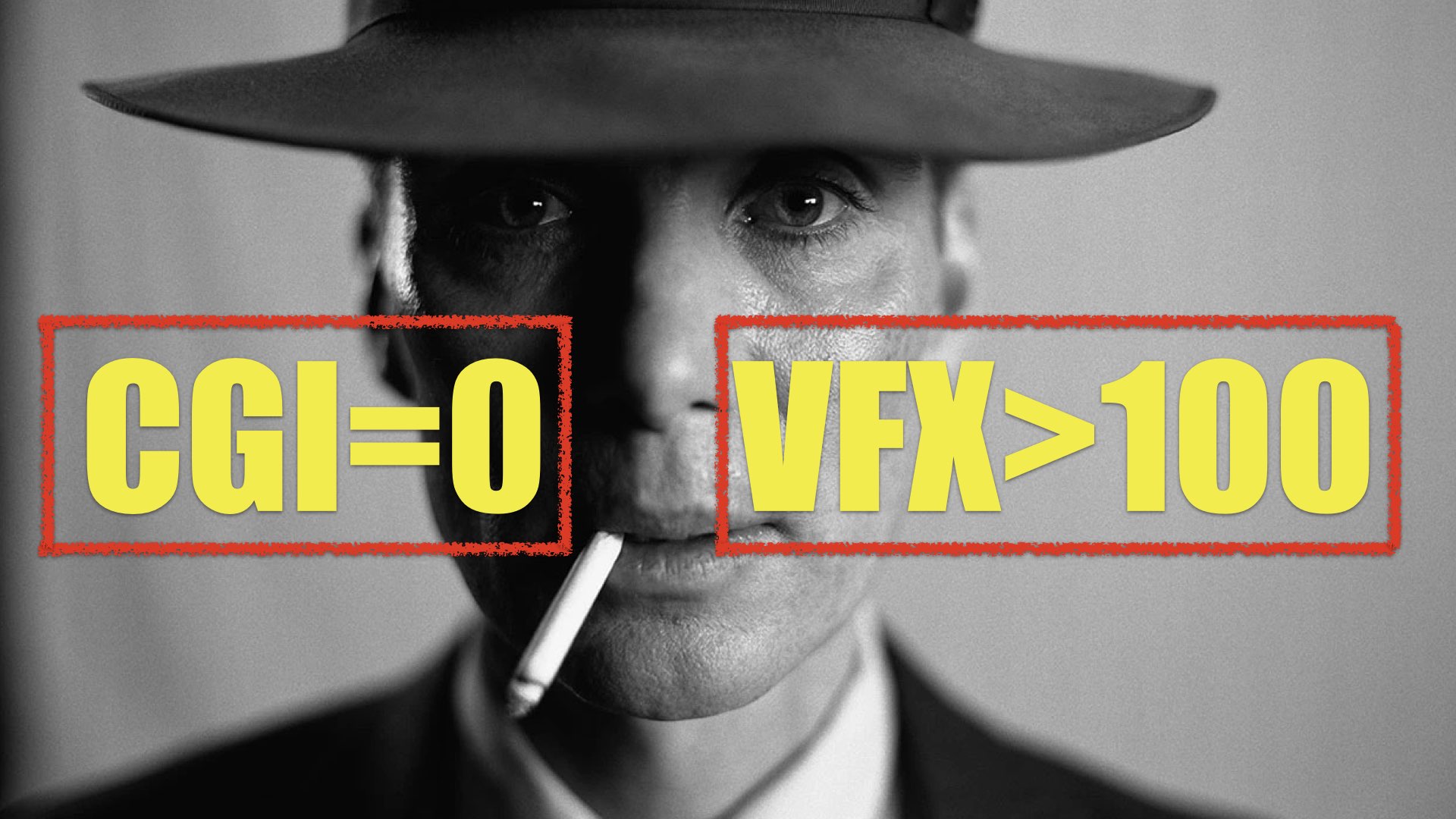
Kudos to Ludwig Göransson
The music composer of Oppenheimer is Ludwig Göransson. In fact, Oppenheimer is the second and consecutive collaboration between Nolan and Göransson, right after Tenet (2020). Frequent Nolan collaborator Hans Zimmer wasn’t available since he was committed to the scores of Dune (2021) and Dune: Part Two (2023) at the time of both Nolan films. Furthermore, the score of the film doesn’t feature any drums, as directors Nolan and Göransson felt using a sound typically associated with the military would be inauthentic to musically capture the character of J. Robert Oppenheimer. The music is powerful and fits the film accurately. Moreover, the soundtrack builds the tension as it’s been escorted by intense large-format closeups, wrapped by powerful sound design.
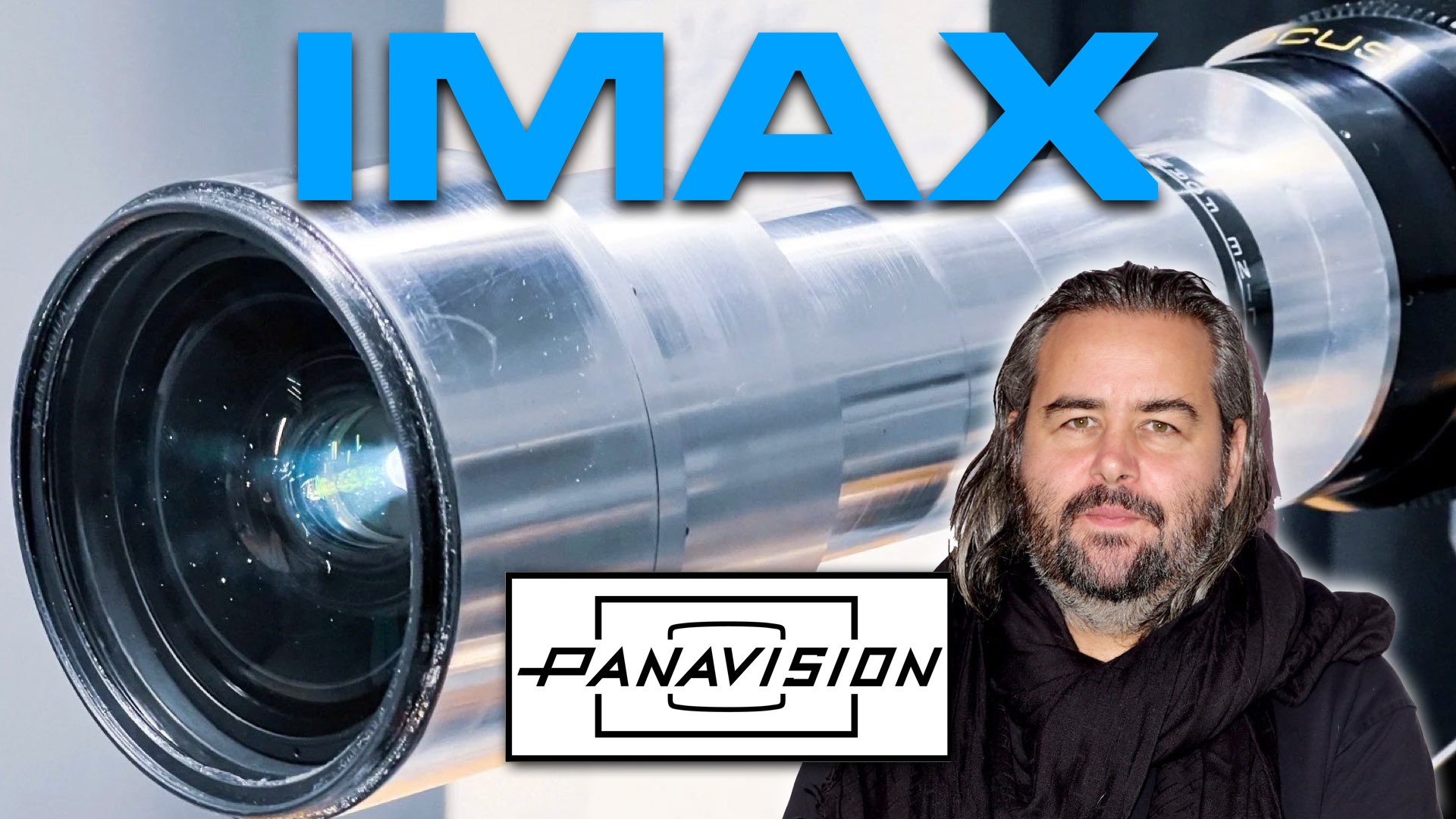
The sound department should get an Oscar
If we had to choose one factor that makes Oppenheimer so intense, we’d pick sound. Indeed, the sound design is brilliant and powerful. As many articles have written on the cinematography behind Oppenheimer, the sound hasn’t got much love. But after watching the movie, you will understand how impactful the sounds are, which mainly demonstrate flashbacks, physical occurrences, and particles clashing with each other. As characterized by Nolan’s film, the sound is strong and in high volume. So imagine this: Closeups of faces with massive cameras, macro/micro photography of physics, great acting, intense music, and extreme sounds. Of course, all of this is accompanied by a fascinating story and script.
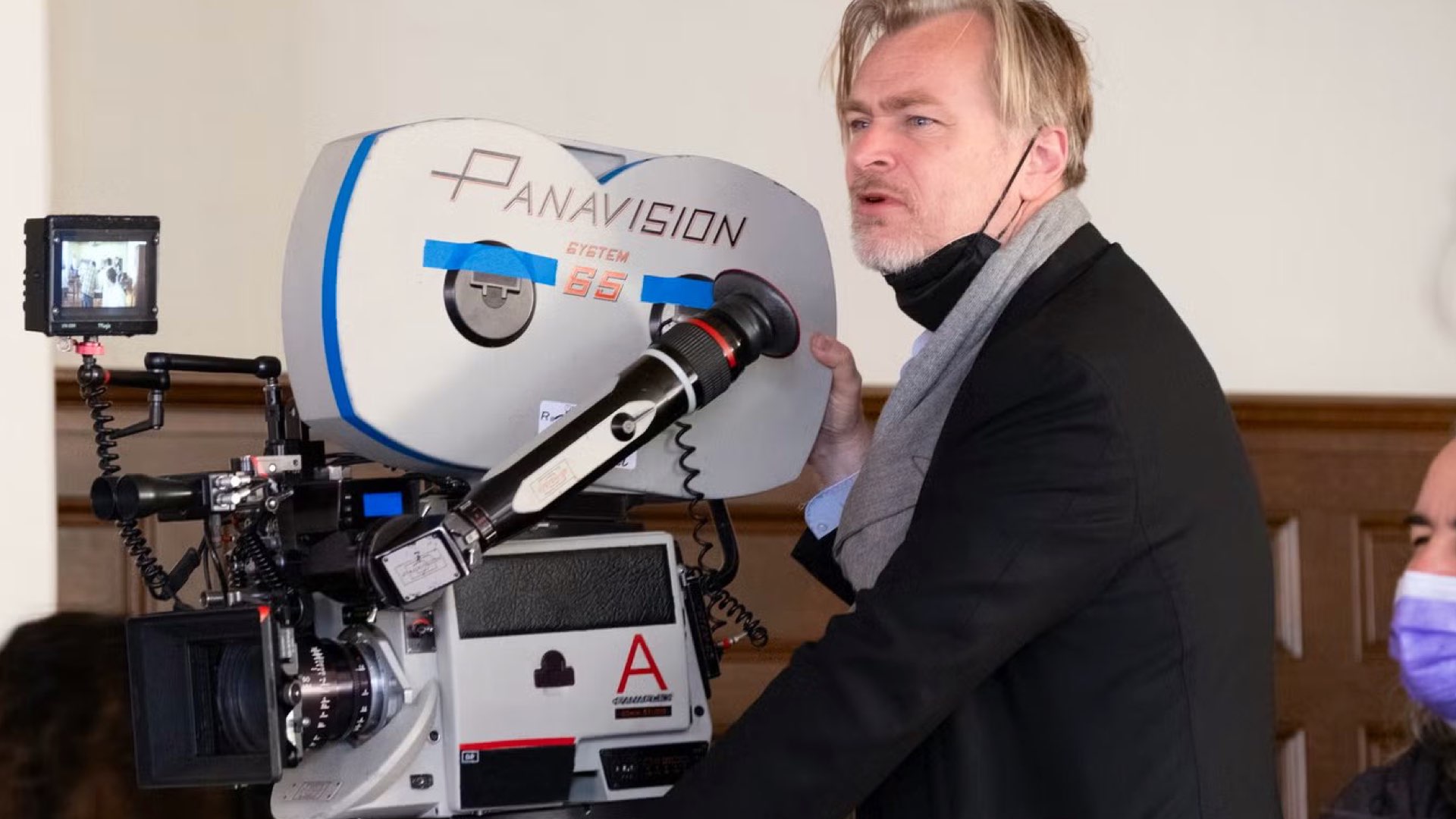
Complicated but not too complicated
As a Nolans’ film, Oppenheimer demands concentration. It’s fairly complicated, but not too complicated. Viewers can understand it by seeing it once. Unlike other Nolan projects (Tenet, Interstellar) which require multiple views in order to connect the dots. This is a 3-hour movie. The highlight which is the Trinity test comes after 1 hour and 58 minutes. Till then, the tension is being built. A combination of practical macro cinematography, powerful sounds, excellent music, extreme close-ups, and great acting, help to make it through these 3 hours. The audiences were glued to their seats in a huge IMAX theater without blinking.
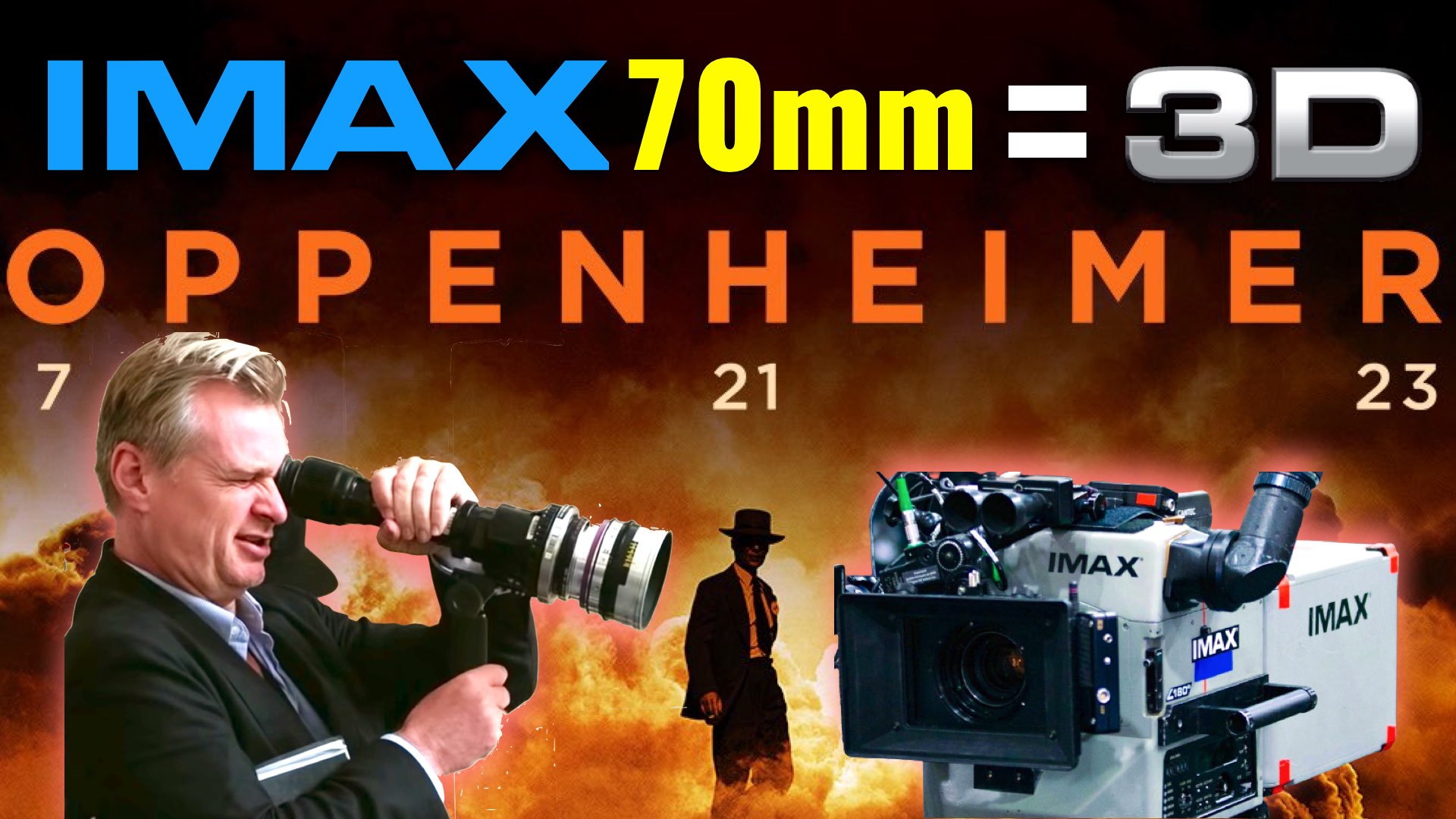
The ‘IMAX Experience’
As explained, there’re no fancy action shots in Oppenheimer. It’s a drama. But it was carefully stitched to the IMAX. Shot on an IMAX film camera, by a cinematographer that is specialized in shooting with IMAX cameras, conducted by a director that uses only this format, makes Oppenheimer an ideal movie to be seen at IMAX theater, and not less than that. If you can, go see it on IMAX, any IMAX. We saw it on laser and it was good enough. Just the sounds are worth it since the IMAX laser is armed with better speakers and sound technology. We wrote before that Oppenheimer is important for ‘IMAX cinematography’, and after watching it, we’re even more sure about this claim. Nolan has succeeded in making a powerful IMAX film with a very minimal dose of VFX and action sequences. That constitutes an important milestone. Moreover, Oppenheimer can be used as a case study for how to shoot faces with medium-format cameras. As Hoytema said before: “Oppenheimer relies on characters’ faces”, and he is right. BTW – Tom Conti (Einstein) is AWESOME!


